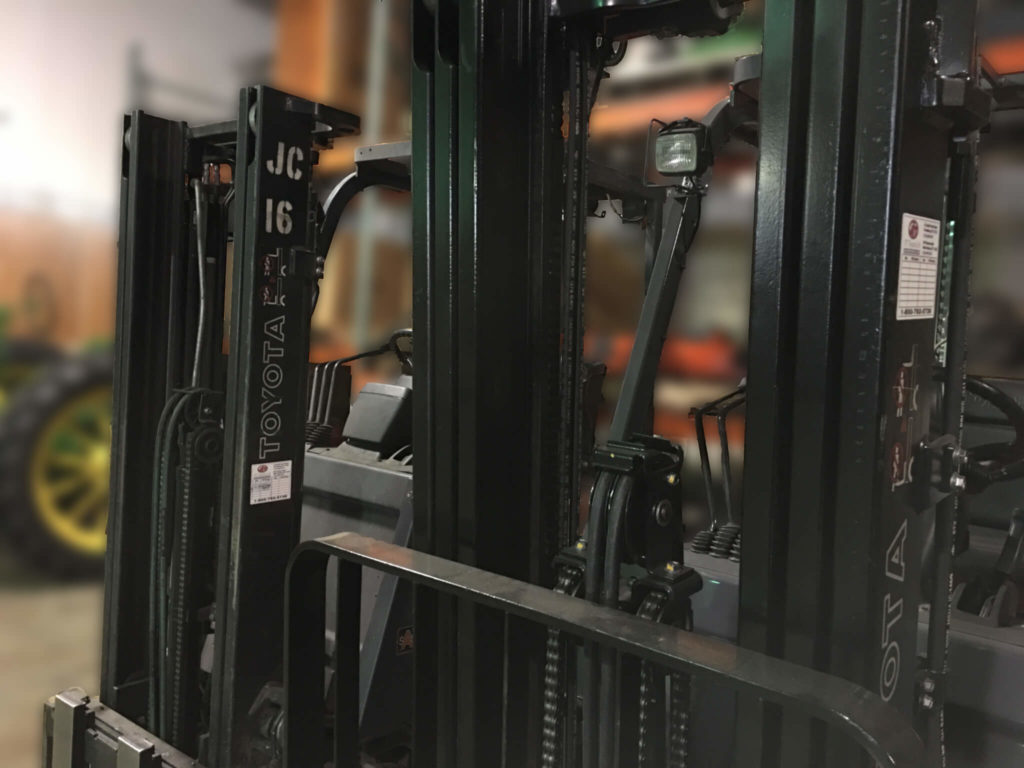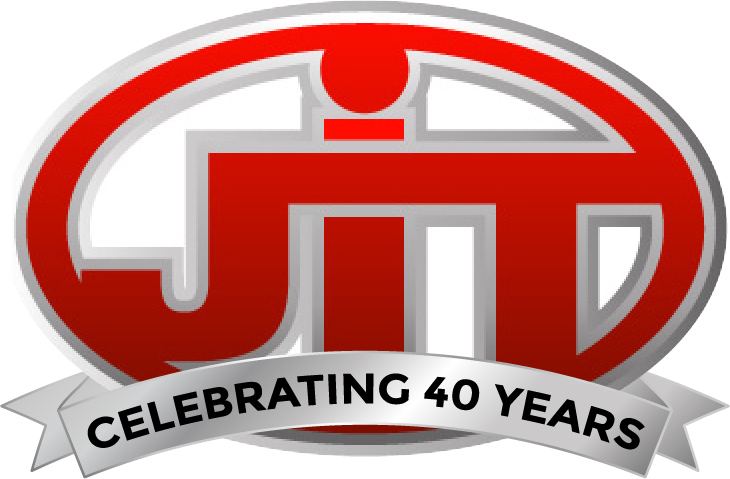What are FSV forklift masts and FV forklift masts? We’ll Explain V and QFV Masts As Well

Selecting the right forklift mast is important to raise materials to the ideal height. It’s also important that your forklift fits where it needs to and has proper clearance.
Here are the Quick Answers:
(Afterwards, we explain Stages and Free Lift.)
FSV Forklift Mast – 3 Stage
Toyota FSV Masts are 3 Stage Masts with Free Lift. It’s the most popular type of mast we sell. 131.5” Maximum Fork Height is the most popular size.


FV Forklift Mast – 2 Stage
An FV Mast is 2 Stages with Free Lift. They’re second most popular behind FSV for applications that don’t need quite as much height.


QFV Forklift Mast – 4 Stage
When you need to lift very high, you go with a QFV. They have 4 Stages with Free Lift.
Dan, our Vice President of Sales and Marketing was nice enough to model with one to better show it’s height. Dan is 6’0″. I think if 5 Dans stood on each other’s shoulders, they might come close!


V Forklift Mast – 2 stage w/o free lift
V Forklift Masts are 2 Stage Masts without Free Lift. They’re for applications that don’t require much height and aren’t limited by clearance. They’re the least popular of the 4, but a perfect fit for some uses.
Stages
A stage is a section of the forklift mast. Stages are rails that fit inside each other, so if 2 stages are extended, the mast nearly doubles in size. A 3 stage is the most common type of forklift we sell, which means the mast almost triples in height.
Free Lift
Free Lift is a forklift’s ability to raise a load to the top of the first stage. Without free lift, the entire stage has to move up together while the forks and load stay at the bottom of the first stage. Free lift effectively adds a stage level of height to a forklift’s ability to lift and uses a hydraulic cylinder at the center of the mast.
Without free lift, a load is always at the bottom of the first stage. To raise any load, the entire stage has to lift. This often times creates clearance issues. Many forklifts without free lift are used for outside applications where clearance and racking are not a concern.
A forklift’s mast is one of its most important parts. Understanding these basics is a critical part of finding the perfect forklift.
